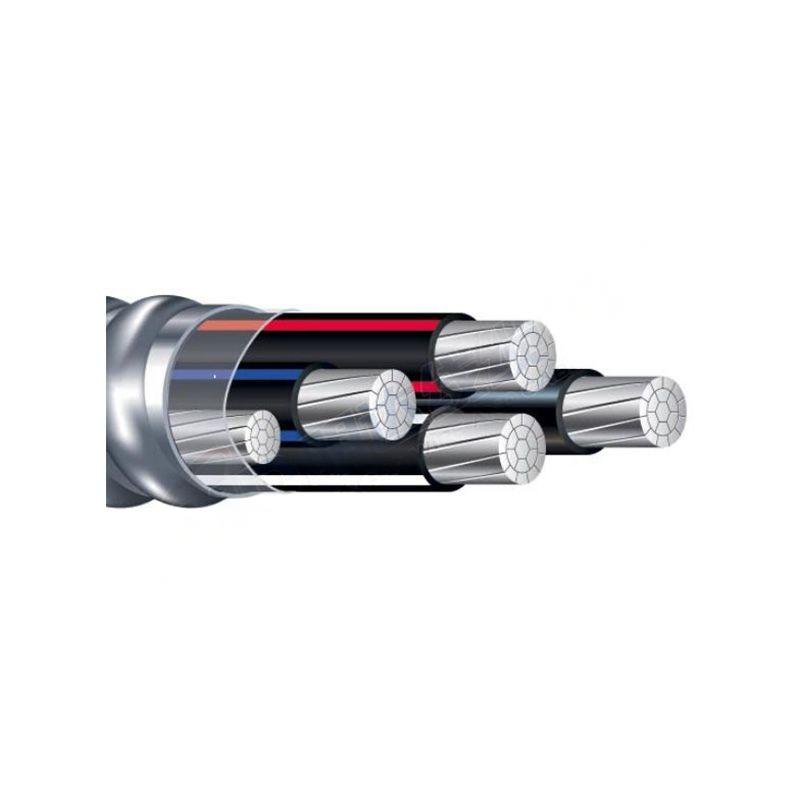Dec . 16, 2024 13:38 Back to list
ball valve
Understanding Ball Valves A Comprehensive Overview
When it comes to fluid control in various industrial applications, the ball valve stands out as one of the most efficient and versatile options available. This valve type is vital in regulating and isolating the flow of liquids and gases, making it an integral component across multiple industries, including oil and gas, water treatment, chemical processing, and HVAC systems.
What is a Ball Valve?
A ball valve is a quarter-turn valve that uses a hollow, perforated, and pivoting ball to control the flow of fluid. The ball has a hole through its center that, when aligned with the flow, allows fluid to pass through. When the ball is turned 90 degrees, the hole is perpendicular to the flow, effectively stopping the flow. Its design is simple yet effective, providing a reliable means of controlling fluid flow with minimal pressure drop.
Construction and Design
The basic construction of a ball valve includes the following components - Body The main structure of the valve, which houses the ball, seat, and other components. It is made from various materials, including brass, stainless steel, and PVC, depending on the application requirements. - Ball The key component that regulates flow. The ball is typically made from metal or plastic and is designed to withstand high-pressure environments. - Seats Positioned between the ball and the body, seats create a seal that prevents leakage when the valve is closed. They are often made from materials like Teflon or rubber to ensure durability and resistance against harsh chemicals. - Stem The stem connects the ball to the valve handle or actuator, allowing for easy operation. When the handle is turned, the stem rotates the ball within the valve body.
Advantages of Ball Valves
1. Quick Operation Ball valves require only a quarter turn to open or close, which means they can be operated quickly and easily, making them ideal for emergency shutoff applications.
ball valve

2. Minimal Pressure Loss Due to their design, ball valves provide a straight-through flow path with minimal turbulence, resulting in lower pressure loss compared to other valve types.
3. Durability With fewer moving parts and robust construction, ball valves are highly durable and can withstand extreme temperatures and pressures.
4. Versatile Application Ball valves can handle a wide range of fluid types, including gases, liquids, and slurries, making them suitable for diverse industrial settings.
5. Low Maintenance The simple design of ball valves means that they generally require less maintenance compared to more complex valve types.
Common Applications
Ball valves are widely used in various applications due to their reliability and efficiency. They are common in - Water Supply Systems For controlling water flow and isolation in pipelines. - Oil and Gas In upstream, midstream, and downstream operations for flow control and safety. - Chemical Processing Handling aggressive chemicals safely and effectively. - HVAC Systems Regulating airflow and liquid circulation in heating and cooling systems.
Conclusion
In summary, ball valves play a crucial role in modern fluid management systems across multiple industries. Their simple yet effective design provides quick operation, durability, and versatility that make them a popular choice for engineers and operators alike. As industries continue to evolve, the demand for reliable and efficient flow control solutions like ball valves will undoubtedly grow, making their understanding essential for anyone involved in fluid dynamics and control. Whether you are designing a new system or maintaining an existing one, choosing the right ball valve can significantly impact efficiency and safety.
Share
-
Reliable Wafer Type Butterfly Valves for Every IndustryNewsJul.25,2025
-
Reliable Flow Control Begins with the Right Ball Check ValveNewsJul.25,2025
-
Precision Flow Control Starts with Quality ValvesNewsJul.25,2025
-
Industrial Flow Control ReliabilityNewsJul.25,2025
-
Engineered for Efficiency Gate Valves That Power Industrial PerformanceNewsJul.25,2025
-
Empowering Infrastructure Through Quality ManufacturingNewsJul.25,2025